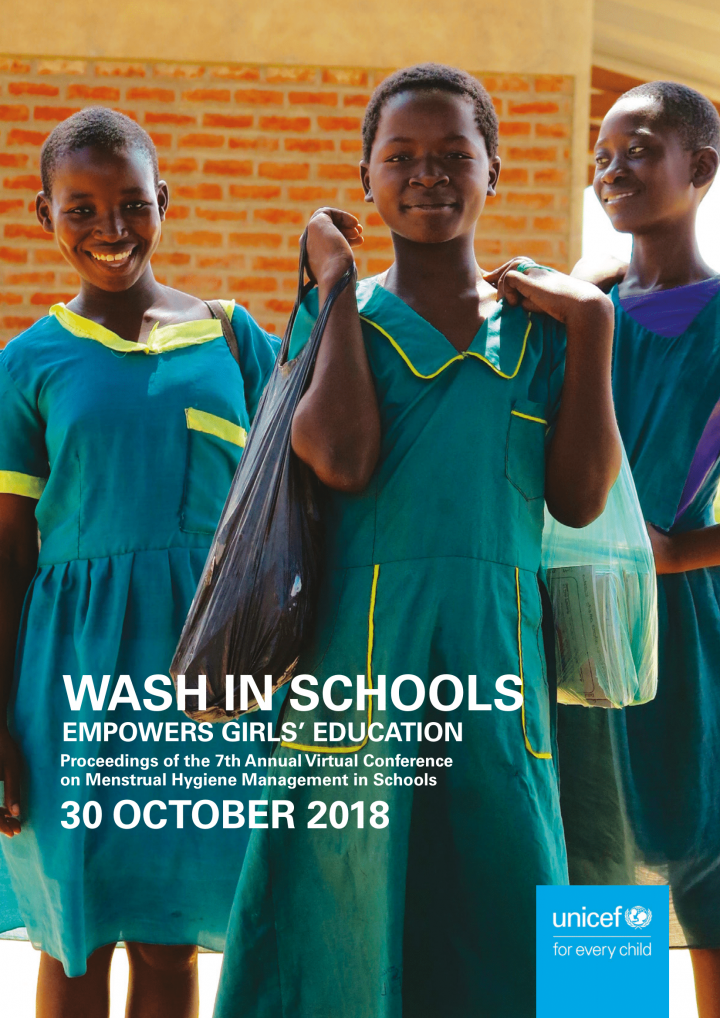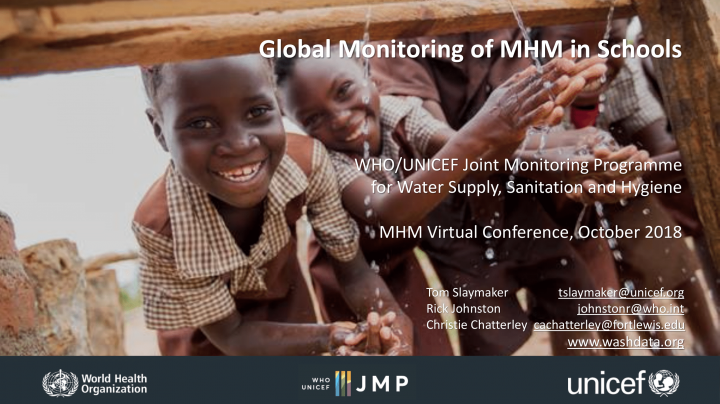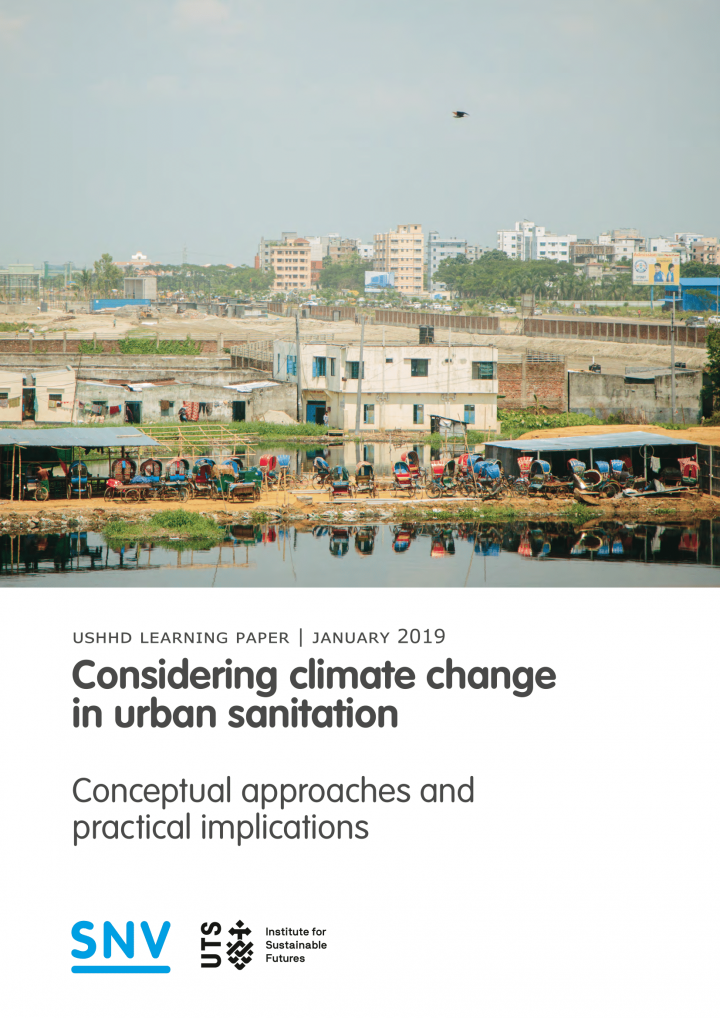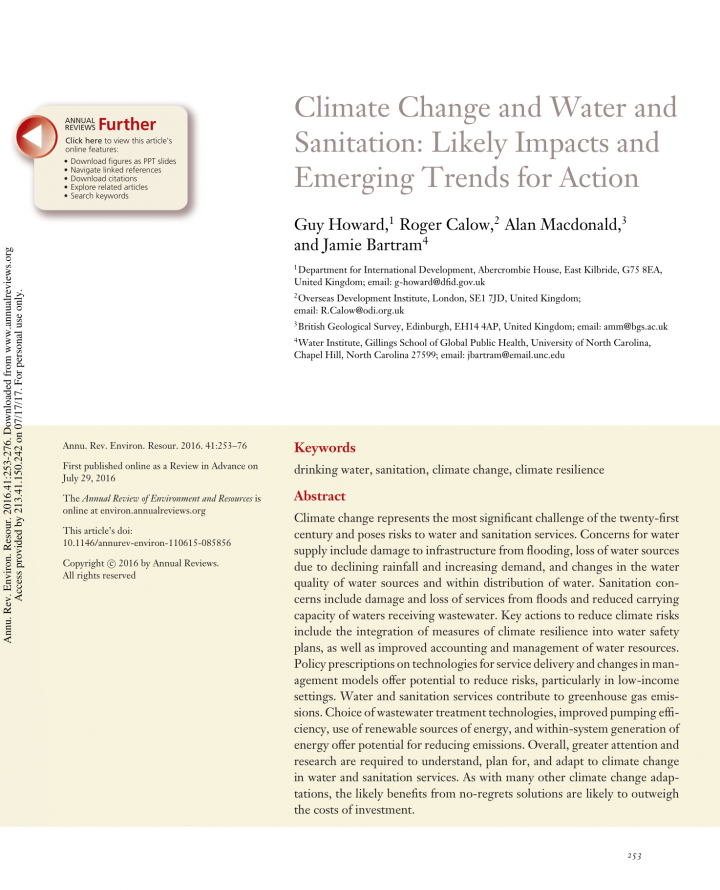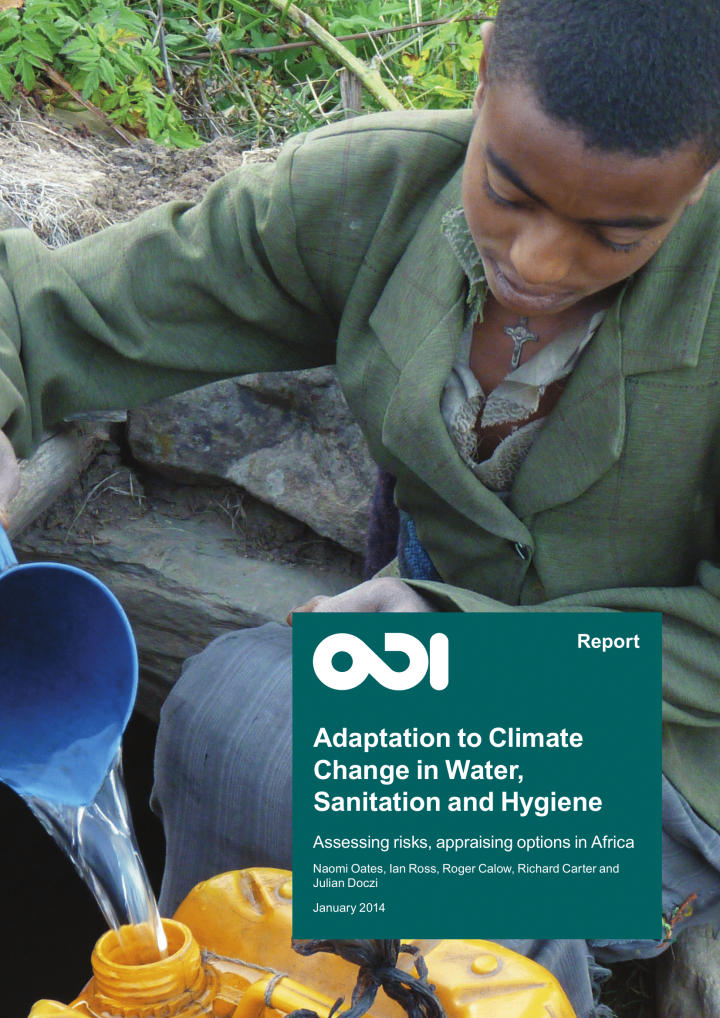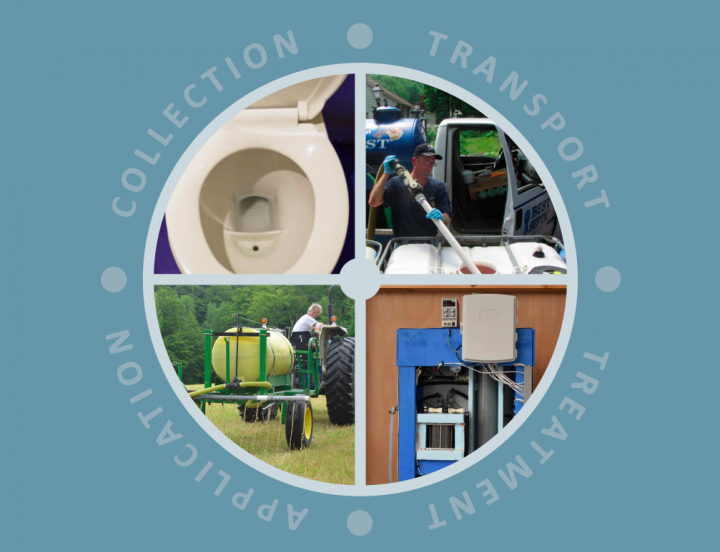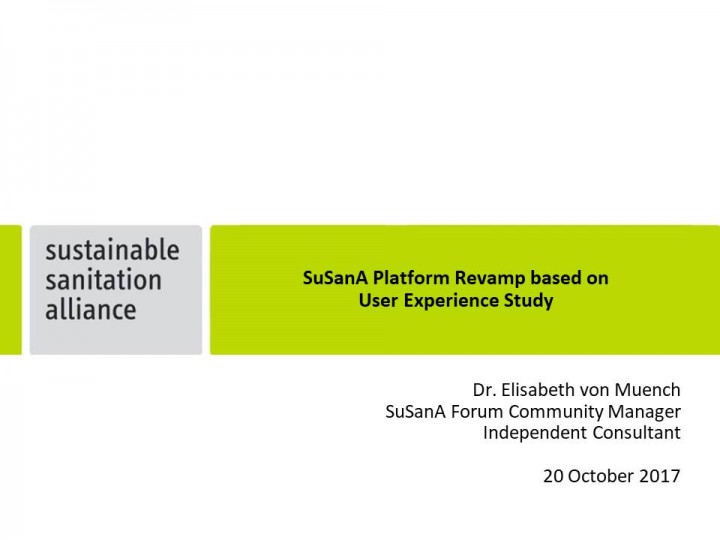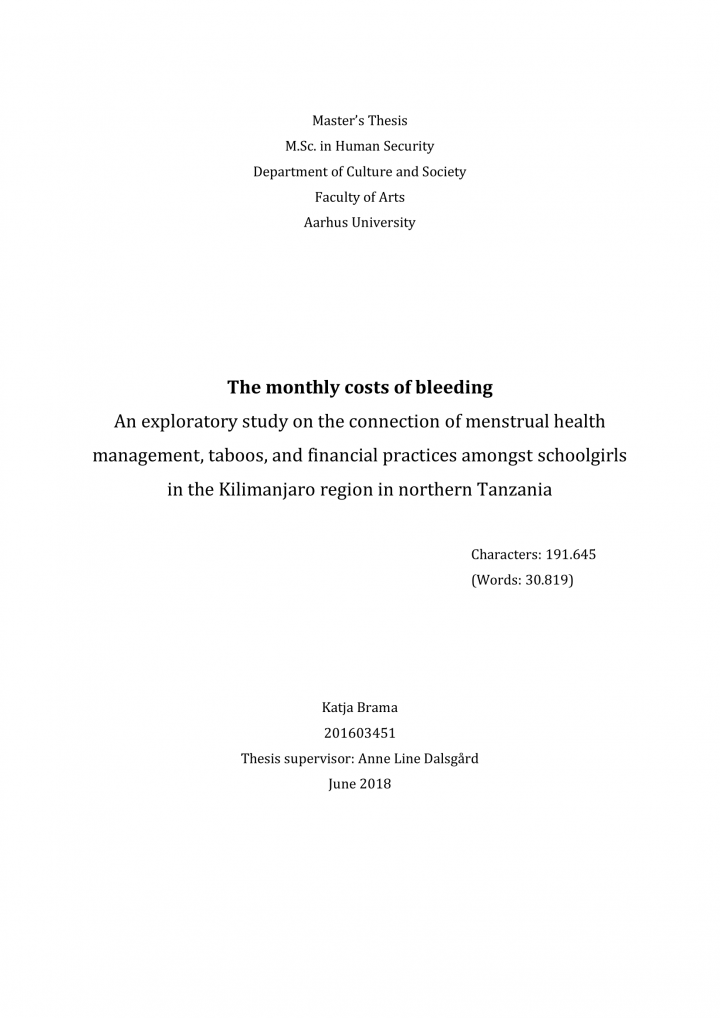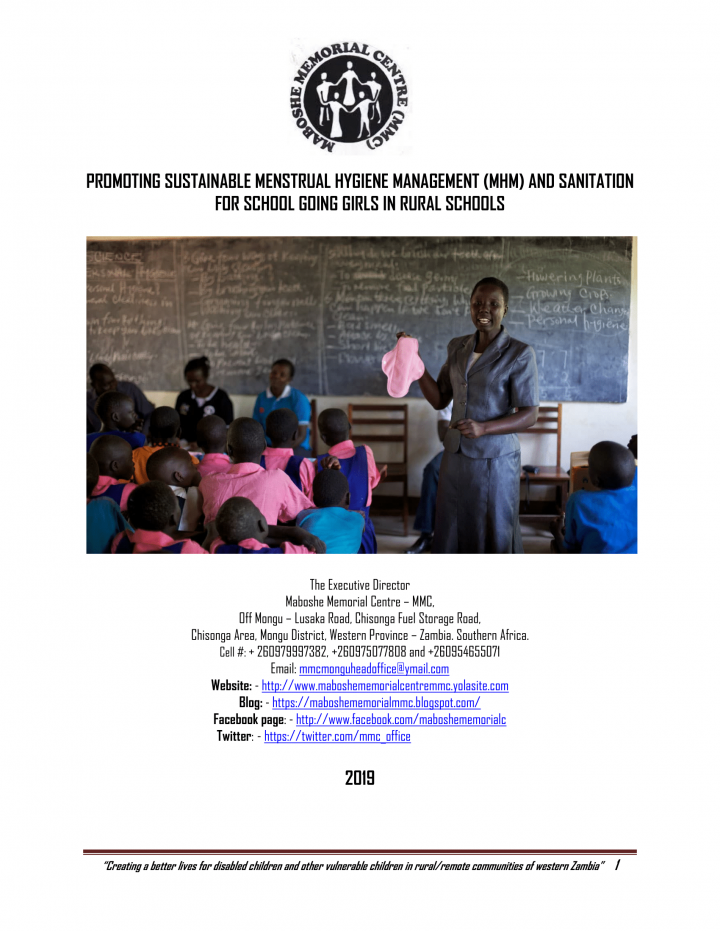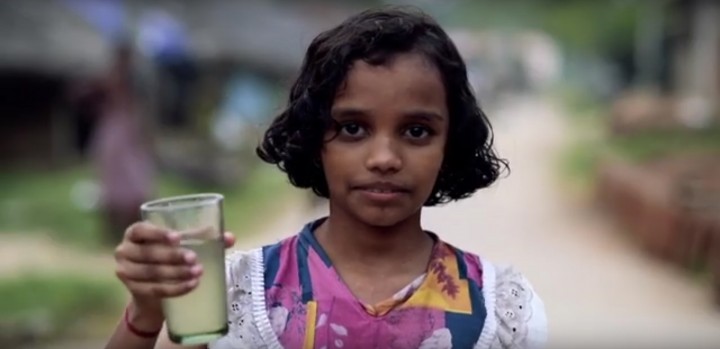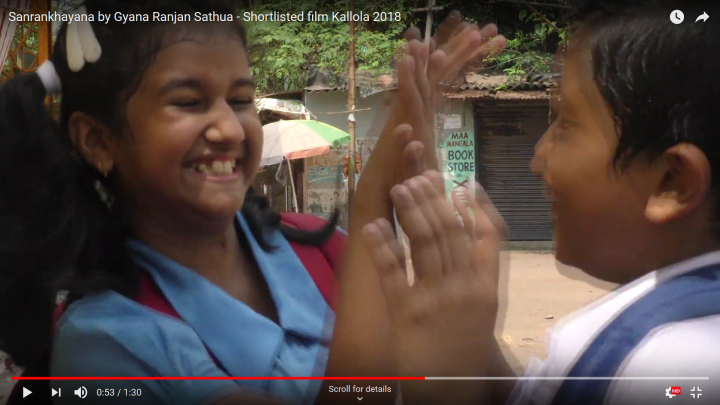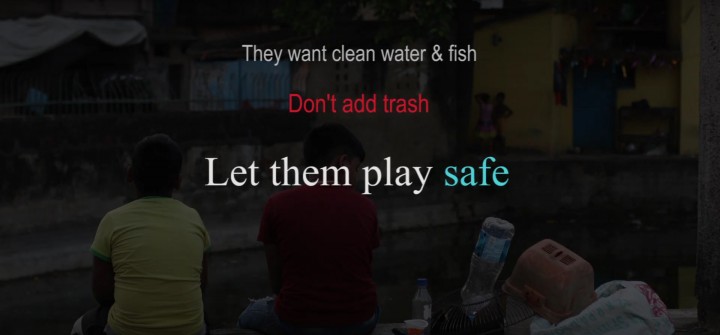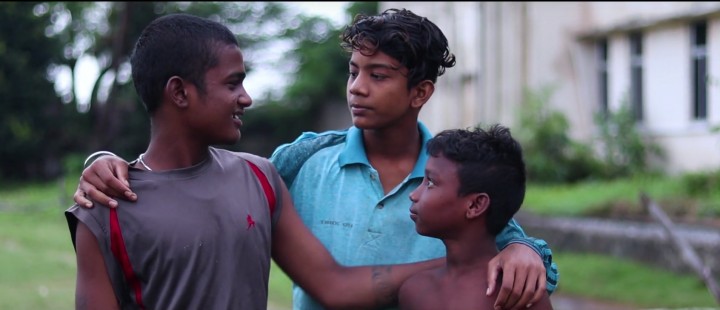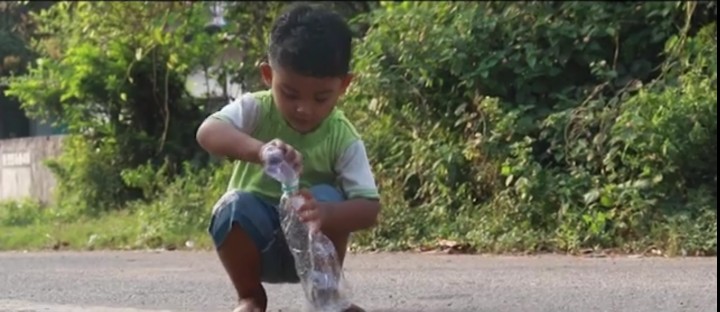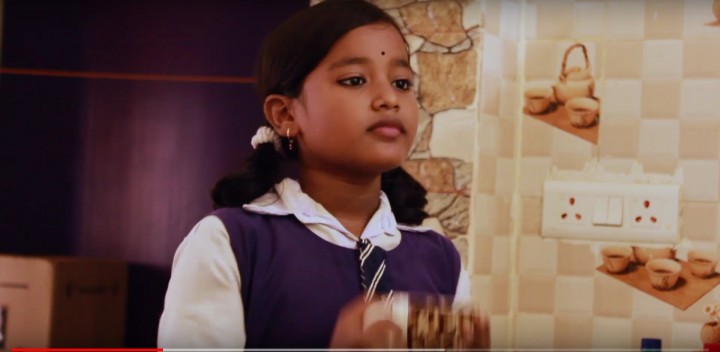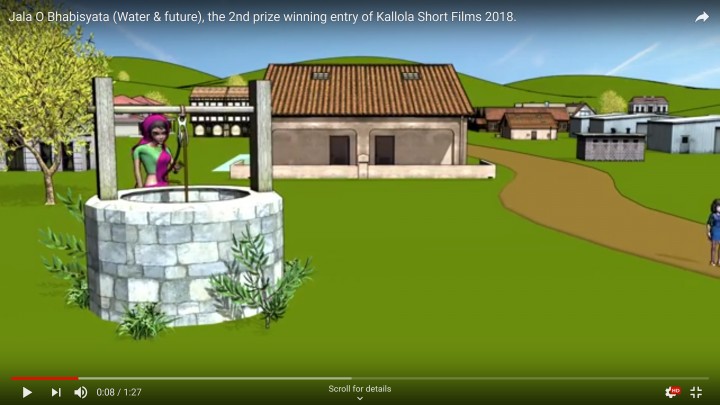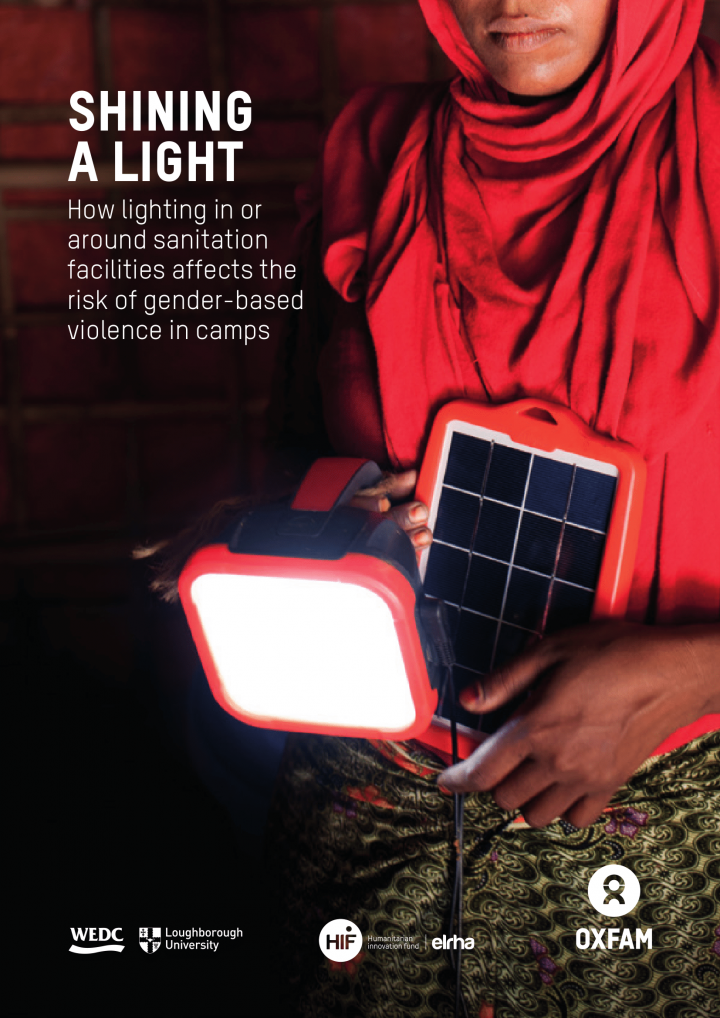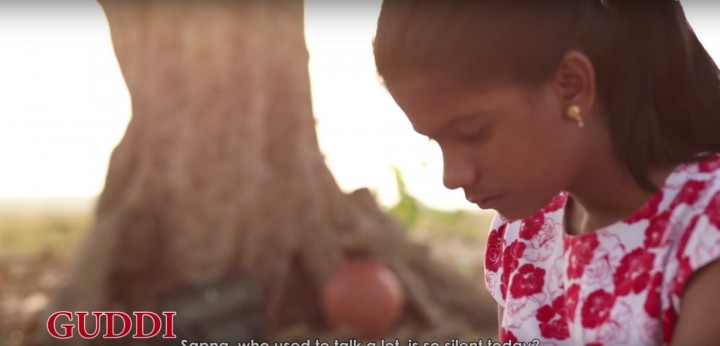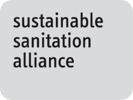UNICEF (2018) WASH in Schools Empowers Girls´ Education Proceedings of the 7th Annual Virtual Conference on Menstrual Hygiene Management in Schools
Action to improve menstrual hygiene management (MHM) for schoolgirls in low- and middleincome countries continues to gather momentum around the world. The annual virtual conference on MHM in schools shared recent evidence and programmes that illustrate the continuing progress in the field. The conference provides a vital global platform for practitioners and policy makers to share ideas, discuss approaches to common problems, and to assess […]
Slaymaker, T., Johnston, R., Chatterley, C. (2018) Global Monitoring of MHM in Schools
The presentation provides data to the following questions: - Where is MHM in schools in the SGDs? - Are national baselines available? - What indicators are being monitored and through what sources? - What actions are needed to improve monitoring?
ISF-UTS and SNV (2019) Considering climate change in urban sanitation: Conceptual approaches and practical implications
This paper presents a comprehensive conceptualisation of how climate change could be considered in urban sanitation policy and programming. Given the urban sanitation crisis facing many cities in developing countries, consideration of climate change can seem like an unwanted distraction from the immediate problems at hand (Bartram, et al., 2017). Climate hazards are often perceived as secondary to the urgency of establishing functioning urban sanitation systems. […]
Howard, G., Calow, R., Macdonald, A., Bartram, J. (2016) Climate Change and Water and Sanitation: Likely Impacts and Emerging Trends for Action
Climate change represents the most significant challenge of the twenty-first century and poses risks to water and sanitation services. Concerns for water supply include damage to infrastructure from flooding, loss of water sources due to declining rainfall and increasing demand, and changes in the water quality of water sources and within distribution of water. Sanitation concerns include damage and loss of services from floods and […]
Oates, N., Ross, I., Calow, R., Carter, R., Doczi, J. (2014) Adaptation to climate change in water, sanitation and hygiene - Assessing risks, appraising options in Africa
Water will be the main channel through which the impacts of climate change will be felt by people, ecosystems and economies. However, predicting impacts on the availability and quality of freshwater resources, and on water-dependent services and sanitation, remains difficult. While there is a high level of confidence in the processes linking emissions to global warming, much less is known about how warming will affect […]
Atlee, J., Noe-Hays, A., Nace, K., Schreiber, T., Davis, A., Lally, C., Dotson, S. (2019) Guide to Starting a Community-Scale Urine Diversion Program
The Rich Earth Institute’s Urine Nutrient Reclamation Program (UNRP) is the first community-scale urine diversion program (UD program) in the United States. Initiated in 2012, we now divert thousands of gallons of urine from the wastewater stream annually. We recycle the urine into sanitized fertilizer and apply it to hay fields on participating farms in Windham County, Vermont. Demand for urine fertilizer among participating farmers […]
SEI (2018) Secondary documents from the SuSanA BMGF Grant led by SEI (Phases 1 to 3)
This library entry contains secondary (less important) documents for a grant that Arno Rosemarin from Stockholm Environment Institute was leading and which was funded by the Bill and Melinda Gates Foundation. See links below to view the main documents from this grant, as well as a discussion that took place on the SuSanA Discussion Forum.
Brama, K. (2018) The monthly cost of bleeding An exploratory study on the connection of menstrual health management, taboos, and financial practices amongst schoolgirls in the Kilimanjaro region in Northern Tanzania
Both in the area of sexual and reproductive health and in development cooperation projects, the issue of menstruation has long been neglected. Recently, the combination of menstrual health and improvements in education has gained popularity. In particular, NGOs and corporate social responsibility departments in companies producing and selling menstrual products are showing increased commitment. Most projects focus on closing the gender gap in education. The […]
MMC (2019) Menstrual Hygiene Management (MHM) School Research Report 2019
Many of the schools visited have a population of students of more than 500, of which 300 are female pupils and 200 are male pupils. Furthermore, with a total number of 8 members of staff, of which 3 are male and 5 are female teachers. With the problem analysis, Maboshe Memorial Centre (MMC) is hoping to lobby for donor funding to conduct a 2 to […]
Pattnaik, A. (2019) Vote for Clean Water Short film by Ashutosh Pattnaik
The film uses the common sight of leaders making many promises in rural areas. It compels a child to take a glass of visibly polluted water from her village to the leader, requesting for clean water. The focus here is to bring to attention that a vote for safe water is what we need to ensure the safety of our children.
Farooq, R. (2018) Sudh Short film by Riyaan Farooq
The story revolves around a poor thirsty young boy who finds it difficult to quench his thirst, as the river water is unclean and polluted. But thanks to his education - he recalls how his teacher at school had taught him to purify water. He applies his theoretical knowledge to practice, and doing so he succeeds in purifying the contaminated water and thereby quenching his […]
Sathua, G. R. (2018) Sanrankhayana Short film by Gyana Ranjan Sathua
The film shows two children who, on the way to school found water gushing from a broken tap. While no-one took any initiative to stop the water flow, the children used their ingenuity to stop the water from getting wasted. This made them late in reaching school but once they narrated their effort they were commended by all.
Pattnaik, A. (2018) Let them play safe Short film by Ashutosh Pattnaik
Water is a playing element for children. In villages, children spend most of their childhood catching fish, swimming in the rivers and ponds. But these days water sources are full of waste and poisonous material, which is harmful for the water bodies and children. This film is an appeal to keep water bodies clean for the sake of our children and their healthy future.
Upadhyay, D. (2018) Goal Short film by Deepak Upadhyay
This film depicts on how unsafe water can affect health of children and their ability to be strong and fit and play football. While one of them is aware about the importance of clean drinking water, he also insists other friends not compromise with the quality of drinking water.
Mahanta, S. (2018) Boond Short film by Subrat Mahanta
This film depicts the need for creating awareness for conserving water. It shows how children are sensitive towards conserving water, unlike many adults.
Pattnaik, R. (2018) It's our responsibility Short film by Ram Pattnaik
The film shows the inequities in access to clean drinking water. It shows a mother washing vegetables in clean drinking water, rather than using tap water. Her daughter notices this and points out that lack of clean drinking water leads to many child deaths, while here she was wasting clean water. The film ends with the mother realizing the message.
Pradhan, A. K. (2018) Water Boy Short film by Abhinash Kumar Pradhan
The film depicts a common scene on the railway platform, where there is no drinking water in the taps. The protagonist is a child waiting for his train to arrive who has his own bottle of water. He notices a thirsty child desperately trying to drink a few last drops of water from the railway platform tap. He then tries to help this other child.
Das, R. (2018) Jala O Bhabisyata Short film by Ritwik Das
Jala O Bhabisyata is a short, animated film, aimed at sensitizing society about the importance of clean water. It uses school children (a school girl in this film) as advocates for bringing about a change in their own families and society.
Oxfam, HIF, WEDC (2018) Shining a Light - How lighting in or around sanitation facilities affects the risk of gender-based violence in camps (in English and French)
Camps are places of refuge for people fleeing conflict and disaster, but they can be dangerous, especially for women and girls. In their first months, many camps rely on communal sanitation facilities – a quick and cost-effective way of meeting immediate needs and minimizing public health risks until a better solution can be developed. In 2016, the Humanitarian Innovation Fund (HIF) set up a research challenge […]
Sahoo, S. K. (2018) Guddi Award winning short film on water
A school bag (representing Guddi’s dream) and earthen water pot (representing Guddi’s life) are in conversation about who is more important in Guddi’s life – the bag or the water pot. The school bag blames the water pot saying that Guddi’s dream was to go to school and be a doctor, but she had to choose life instead of her dream. The water pot says […]
